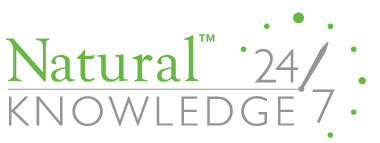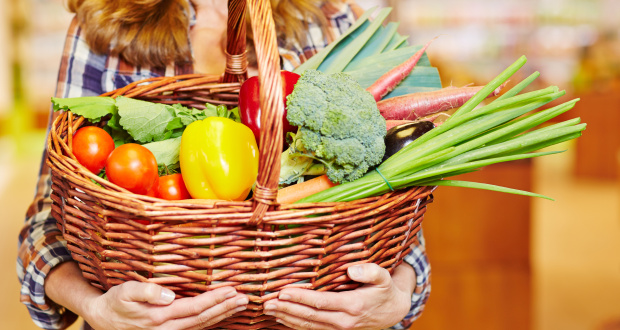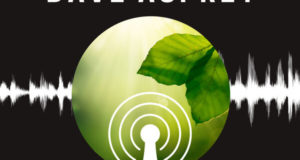From early adulthood through middle age, it can be very difficult to resist the allure of junk food. Of course, avoiding fatty and sugary items is still a challenge for most past the age of fifty. Likewise, the importance of eating right doesn’t wane as we get older. Fortunately, it’s never too late to reap the benefits of healthy diet.
What to Avoid (and Why)
Throughout the day, many people consuming a sizable number of empty calories. In short, the term “empty calories” is used to describe foods and drinks that are high in calories, but offer comparitively little in terms of actual nutritional value. In lieu of nutrients, these items include such notorious ingredients as sodium, added sugars, saturated fats, bad (LDL) cholesterol and refined grains.
A list of some popular sources of empty calories is shown below:
|
|
|
|
|
|
|
|
|
|
Needless to say, it’s not a good idea to consume large amounts of empty calories. Aside from adding unwanted pounds to your waistline, a junk food diet can also increase the likelihood of serious, long-term health problems. For example, people who are overweight or obese are more at risk of developing high blood pressure, type 2 diabetes, heart disease and even certain forms of cancer.
A Guide Through the Grocery Store
While it’s fairly easy to weed out the unhealthy foods in your diet, replacing them with healthier alternatives can be somewhat difficult. For one thing, the body needs a reasonable mix of fruits, vegetables, proteins and other types of food. Another problem is caloric intake; the amount of calories a person requires depends on multiple factors.
To help older adults improve their diet, US Department of Agriculture has developed an eating plan for those aged 50 and older. The USDA plan not only separates foods into ten distinct categories, but also provides guidelines for three separate per-day calorie intakes. The USDA’s suggestions are shown below:
| 1,600 Daily Calories | 2,000 Daily Calories | 2,600 Daily Calories | |
| Grains | 5 ounces or equivalent | 6 ounces or equivalent | 9 ounces or equivalent |
| Vegetables | 2 cups | 2-1/2 cups | 3-1/2 cups |
| Fruits | 1-1/2 cups | 2 cups | 2 cups |
| Protein foods | 5 ounces or equivalent | 5-1/2 ounces or equivalent | 6-1/2 ounces or equivalent |
| Seafood | 8 ounces/week | 8 ounces/week | 10 ounces/week |
| Meat, poultry, eggs | 24 ounces/week | 26 ounces/week | 31 ounces/week |
| Nuts, seeds, soy products | 4 ounces/week | 4 ounces/week | 5 ounces/week |
| Dairy products | 3 cups | 3 cups | 3 cups |
| Oils | 22 grams | 27 grams | 34 grams |
| Solid fats and added sugars (SoFAS) | 121 calories | 258 calories | 362 calories |
How Much is Enough?
The USDA’s recommendations are certainly helpful, but they raise an important question ‒ how much calories does a person need in a given day? The answer can vary widely from person to person. To make things easier for consumers, the USDA has also issued the following guidelines for daily calorie intake:
| Inactive women aged 50+: | Roughly 1,600 calories |
| Inactive men aged 50+: | Roughly 2,000 calories |
| Somewhat active women aged 50+: | Roughly 1,800 calories |
| Somewhat active men aged 50+: | Roughly 2,200-2,400 calories |
| Active women aged 50+: | Roughly 2,000–2,200 calories |
| Active men aged 50+: | Roughly 2,400-2,800 calories |
 Natural Knowledge 24/7 Educate yourself with nutrition, health and fitness knowledge.
Natural Knowledge 24/7 Educate yourself with nutrition, health and fitness knowledge.






